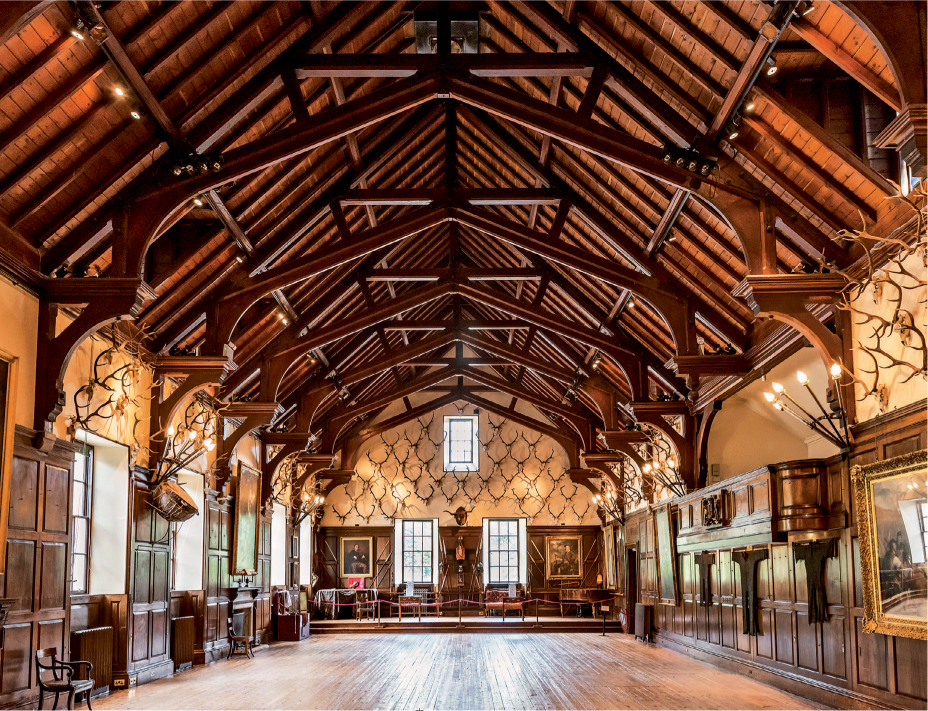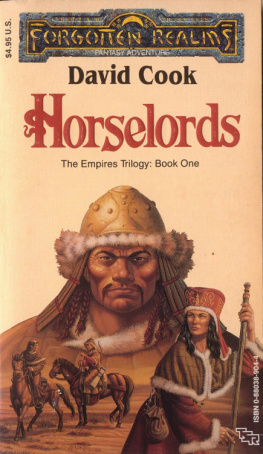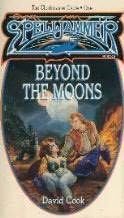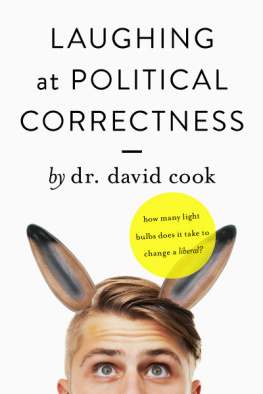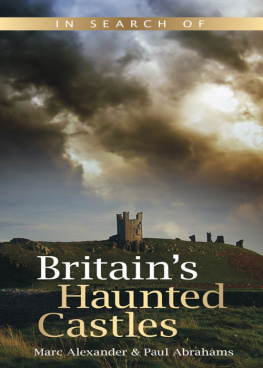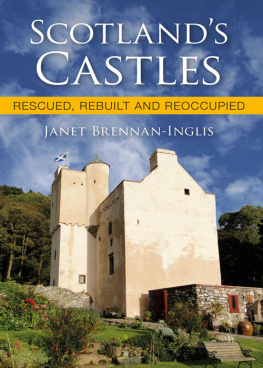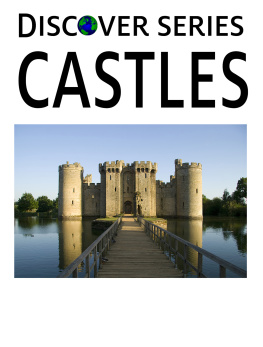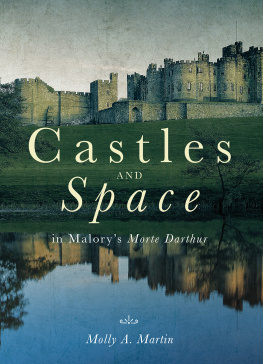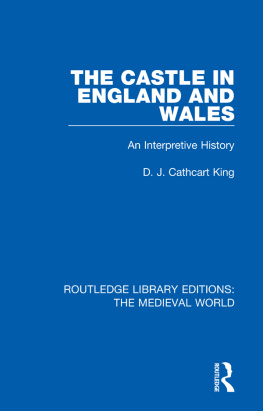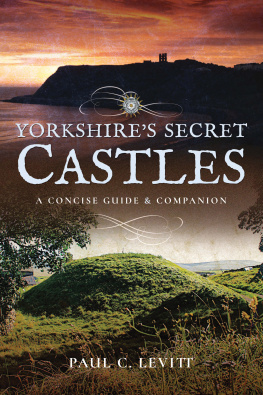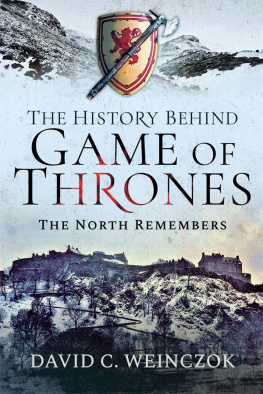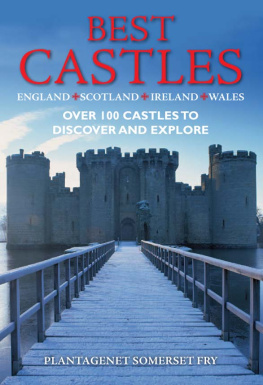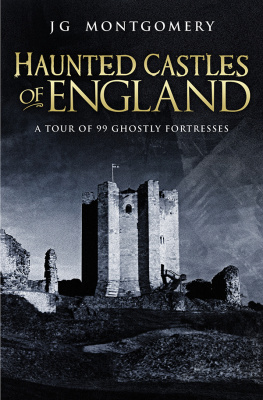Contents
Guide

THE FEUDALISATION OF SCOTLANDD
After the Norman Conquest of 1066 feudal institutions were introduced to England, and the fortified residences of the feudal lords became an integral part of the English countryside. Later, the 12th century saw that feudal land tenure, and the castles that came with it, arrive in Scotland. Particularly important in this were the reigns of Alexander I (110724) his brother David I (112453).
The death of Alexander and Davids father, Malcolm Canmore, in 1093 had caused turmoil in Scotland and so they had sought refuge in England, where they grew up in the feudal world of the Norman court. The effect was evidently greatest on David, who returned to Scotland and began to introduce Norman retainers, feudal landholding and earth and timber castles, greatly expanding this process when he succeeded his brother as king in 1124.
Over the course of the 12th century two categories of castle were introduced into Scotland: royal castles and those built by tenants of the Crown who held their land in return for military service.

An initial depicting King David I and his grandson Malcolm IV, 1159.
THE ANGLO-SCOTTISH WARSS
The earliest stone castles were built in the mid-12th century, but it was not until the 13th century that they became common, many being constructed with curtain walls. They were built primarily as residences for their lords, but had to be available for the use of visiting monarchs. As the century progressed, the security of these castles was upgraded. Large towers were built in the angles of the curtain walls, and defensive gatehouses were added, usually consisting of pairs of massive towers with drawbridges and portcullises.
From 1296 Edward I, having already crushed Wales, exhausted his kingdoms resources in a ruthless attempt to conquer Scotland. Earning himself the title Hammer of the Scots, he captured all the castles in central and southern Scotland and garrisoned them with English cavalry who terrorised the surrounding districts into submission. He used his invincible cavalry squadrons to win great victories, including the Battle of Falkirk (1298) against the strong and courageous Scottish hero, William Wallace. Wallace was executed by Edward I in 1305, but in the following year the tenacious Robert the Bruce claimed the Scottish throne.
Edward I died in battle in 1307, leaving his great rival Bruce mismatched with his own weak and unwarlike son, Edward II. Bruce wrested control of the lowland castles from the English forces, resorting to guerrilla raids that weakened their supply lines and left their castles vulnerable to Scottish attack. His policy was then to dismantle any stronghold that might prove of strategic value to the English. In 1314 Bruce defeated Edward IIs army at Bannockburn, completing his rout of the occupying forces and achieving freedom for Scotland for his lifetime. The Anglo-Scottish wars continued intermittently and usually disastrously for the Scots for centuries, and even after the Union of the Crowns in 1603, when Scotlands new king, James VI, also became king of England, there were bitter quarrels across the border.
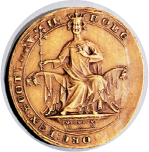
The seal of Robert Bruce, 1326.
THE TOWER-HOUSE
Few barons of late-medieval Scotland had either the means or the necessity to indulge in the building of major castles, and therefore they erected the less grandiose but more economic tower-houses: tall, narrow structures in which the main apartments were piled one above the other.
The earliest towers, erected during the 13th and 14th centuries, were usually of a simple rectangular plan and comprised a ground-floor cellar, the entrance and a hall at first-floor level, and one or more upper storeys. More complex structures with ancillary wings, often forming an L- or Z-shaped plan, became increasingly common as the years passed by. The walls of the earlier towers were usually bound together and strengthened by massive stone buttresses, while the later towers, built when the need for military strength had declined, were less massively constructed.
In the 16th century, when the influence of European styles became felt through the French connections of the Scottish kings, the lords sought more domestic comfort. Gradually, the tower-houses defensive characteristics disappeared or were converted into ornamental features, and the buildings were extended horizontally, thus altering the original concept of their design. By the 17th century the tower-house, after dominating baronial residences architecturally for more than three centuries, had begun to be superseded by a new type of residence the lairds house.

A 15th-century scene from a medieval manuscript showing labourers constructing a castle.
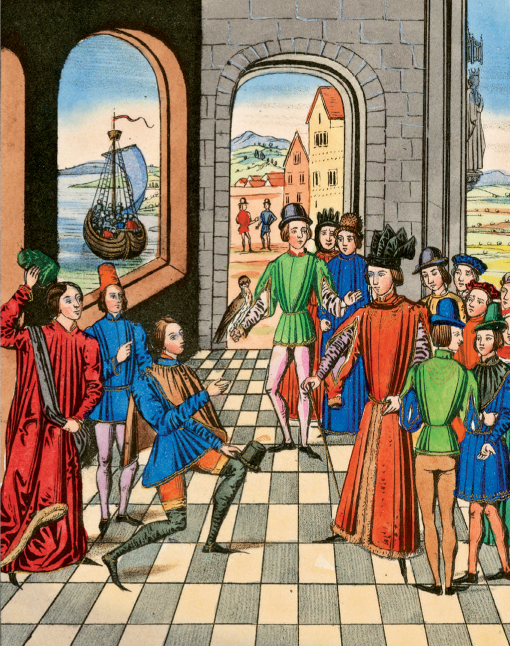
Robert Bruce, King of Scotland, defies King Edward III, 1327.
BALMORAL
13km (8 miles) W of Ballater on A93, Aberdeenshire
Tel: 013397 42534
Owned by Her Majesty The Queen
The immense castellated mansion of Balmoral is set in the gently wooded countryside of the River Dee. Robert II had a hunting lodge here, then Sir Malcolm Drummond built a tower on the same site. In c.1845 Queen Victoria and Prince Albert paid their first visit to Balmoral. Prince Albert paid 31,500 for the 9,720-hectare (24,000-acre) estate and collaborated with an Aberdeen architect, William Smith, to create a picturesque, neo-Gothic mansion in white granite. The prince supervised every detail, including carpets and curtains, and designed a Balmoral tartan for the Royal Familys use. Queen Victoria found Balmoral a dear paradise and it remains the Royal Familys favourite Scottish retreat today.

BLAIR
13km (8 miles) NW of Pitlochry on B8079, Perth & Kinross
Tel: 01796 481207
Owned by the Blair Charitable Trust
Blair Castle has undergone many changes since it was first built around Comyns Tower in 1269. By the time Mary Queen of Scots stayed here in 1564, this early tower had been extended to include a great hall.
During the Civil War, the Royalist castle was captured by Cromwells troops. During the Jacobite rebellion of 17456 Blair was the last private castle in Britain to be besieged when Lord George Murray, who had forfeited his inheritance by supporting Bonnie Prince Charlie, laid siege to his own home. By 1758 the castle had been remodelled as a Georgian mansion, but in 1869 the architect Sir David Bryce restored the medieval appearance. Blair has an impressive collection of Svres porcelain, Chippendale and Sheraton furniture, and Holbein, Lely and de Witt family portraits.
